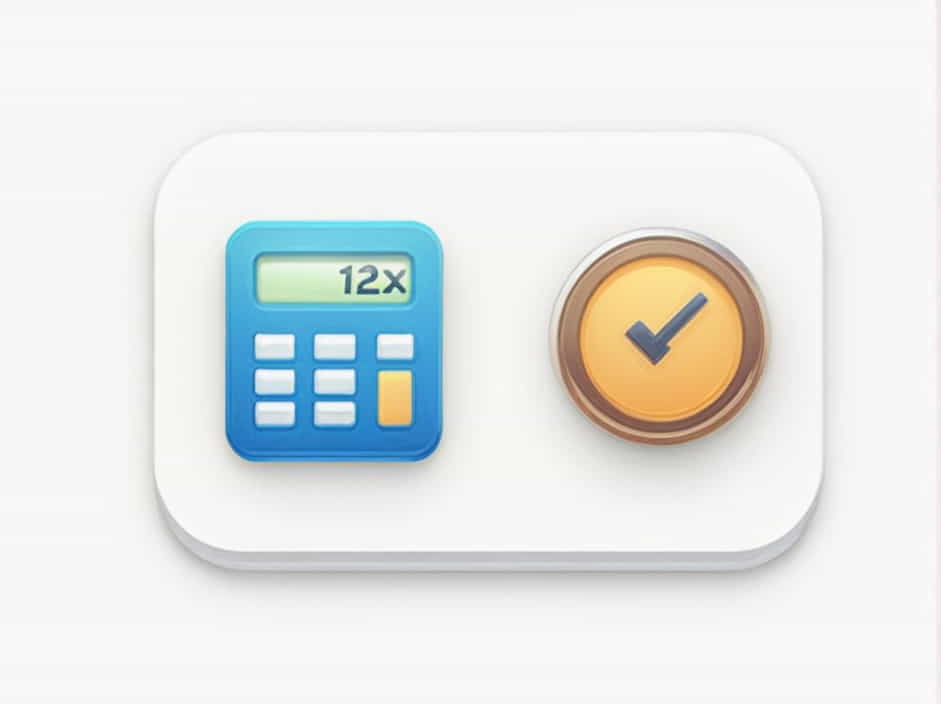The Indian income tax system offers taxpayers two options: the old tax regime and the new tax regime. Each has its own benefits, tax slabs, and deductions, making it essential to choose wisely based on your financial situation.
A tax regime calculator helps individuals compare tax liabilities under both systems to determine which one offers better savings. This guide explains how the old and new tax regimes work, their differences, and how a tax calculator can help you decide.
Understanding the Old and New Tax Regimes
Before using a tax calculator, it’s important to understand how each tax regime works.
What is the Old Tax Regime?
The old tax regime follows the traditional tax slab structure and allows taxpayers to claim various deductions and exemptions to reduce taxable income.
Key Features of the Old Tax Regime:
- Allows deductions such as:
- Section 80C (up to ₹1.5 lakh for investments in PPF, ELSS, etc.)
- Section 80D (health insurance premium deductions)
- House Rent Allowance (HRA)
- Leave Travel Allowance (LTA)
- Standard deduction of ₹50,000
- Suitable for individuals who invest in tax-saving instruments.
What is the New Tax Regime?
The new tax regime, introduced in 2020, offers lower tax rates but eliminates most deductions and exemptions.
Key Features of the New Tax Regime:
- Lower tax rates compared to the old system.
- No deductions for investments, insurance, or allowances.
- Simplified tax structure with fewer calculations.
- Best for individuals who don’t invest heavily in tax-saving instruments.
Comparison of Tax Slabs: Old vs. New Regime
The tax rates under both regimes differ significantly:
| Income Slab (₹) | Old Tax Regime | New Tax Regime |
|---|---|---|
| Up to 2.5 lakh | Nil | Nil |
| 2.5 – 5 lakh | 5% | 5% |
| 5 – 7.5 lakh | 20% | 10% |
| 7.5 – 10 lakh | 20% | 15% |
| 10 – 12.5 lakh | 30% | 20% |
| 12.5 – 15 lakh | 30% | 25% |
| Above 15 lakh | 30% | 30% |
How a Tax Regime Calculator Works
A tax regime calculator helps you determine which option is better by comparing tax liabilities under both systems.
Steps to Use a Tax Calculator:
- Enter Your Income – Provide details about your annual salary, rental income, business income, or other sources.
- Select Applicable Deductions (Old Regime Only) – Enter your investment details under 80C, 80D, HRA, LTA, and other exemptions.
- Compare the Tax Payable – The calculator will show your tax liability under both regimes.
- Choose the Better Option – Based on the final amount, you can decide whether the old or new tax regime suits you better.
Example Calculation:
Scenario 1: Choosing the Old Tax Regime
- Annual Salary: ₹10,00,000
- Deductions (80C, 80D, HRA, etc.): ₹2,00,000
- Taxable Income: ₹8,00,000
- Tax Payable: ₹65,000
Scenario 2: Choosing the New Tax Regime
- Annual Salary: ₹10,00,000
- No Deductions Allowed
- Taxable Income: ₹10,00,000
- Tax Payable: ₹75,000
In this case, the old tax regime is more beneficial, as it reduces taxable income and lowers tax liability.
Who Should Choose the Old Tax Regime?
The old tax regime is better for individuals who:
✔ Invest in PPF, EPF, ELSS, NPS, or insurance policies.
✔ Claim house rent allowance (HRA) and other exemptions.
✔ Have home loans and claim interest deductions under Section 24(b).
✔ Prefer to maximize tax savings through deductions.
Who Should Choose the New Tax Regime?
The new tax regime is better for individuals who:
✔ Don’t invest in tax-saving schemes.
✔ Prefer a simplified tax structure.
✔ Want to benefit from lower tax rates.
✔ Earn a high salary but don’t claim deductions.
Pros and Cons of Each Tax Regime
Advantages of the Old Tax Regime:
✅ Allows multiple deductions and exemptions.
✅ Helps in long-term savings and investment.
✅ Beneficial for individuals with home loans and medical insurance.
Disadvantages of the Old Tax Regime:
❌ Higher tax rates compared to the new regime.
❌ Complex calculations due to multiple deductions.
Advantages of the New Tax Regime:
✅ Lower tax rates across different income slabs.
✅ Simplifies tax filing and calculations.
✅ Ideal for people who don’t invest in tax-saving instruments.
Disadvantages of the New Tax Regime:
❌ No deductions for 80C, 80D, HRA, and LTA.
❌ No tax benefits on insurance, home loans, or retirement savings.
Which Tax Regime Should You Choose?
The choice between the old and new tax regimes depends on your financial goals, deductions, and investment habits.
- If you prefer saving through tax deductions, the old regime is better.
- If you want lower tax rates without complex calculations, the new regime is ideal.
Using a tax regime calculator simplifies the decision-making process by providing a clear comparison of tax liabilities. Before filing your income tax return, analyze both regimes and select the one that helps you save the most money.
